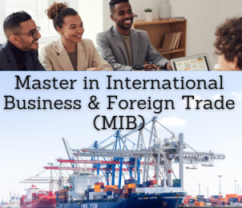Trade in Services

General Agreement on Trade in Services (GATS) liberalization, Market Access
- Introduction to the General Agreement on Trade in Services (GATS)
- Transparency and liberalization in International Trade in services
- Modes of supply of the trade in services
- Most-favoured-nation
- Market access and national treatment
- List of commitments
- Agreement, Annexes, and Schedules of the GATS
- Case Study: Trade in Services under the U.S.-Colombia FTA and the EU-Mexico Agreement
- General Agreement on Trade in Services (GATS) and national regulations
- Doha Development
- Other questions related to the General Agreement on Trade in Services (GATS)
- Analysis of the World Trade in Services
- Introduction to the Services Directive of the European Single Market
The objectives of the subject “Trade in Services. General Agreement on Trade in Services (GATS)” are the following:
- To understand the importance of the GATS
- To understand the key concepts related to the trade in services: modes of supply, most-favoured-nation, liberalization, market access, and lists of commitments
- To analyze the global market in services

The Subject “General Agreement on Trade in Services (GATS)” belongs to the following Online Programs taught by EENI Global Business School:
Masters: Foreign Trade, International Business.
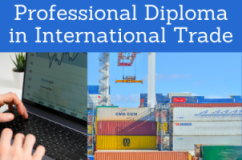
Languages:  (or
(or  Comercio de Servicios
Comercio de Servicios  Commerce de services
Commerce de services  Comércio de serviços).
Comércio de serviços).
- Credits of the Subject “Trade in Services”: 2

- Duration: two weeks
Area of Knowledge: Foreign trade. Intellectual Property Rights (TRIPS).
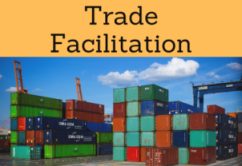
International trade in Services. General Agreement on Trade in Services (GATS)
Since 1995 the General Agreement on Trade in Services (GATS) is in force. The main objective is to liberalize the Foreign trade in services (exports and imports) transparently to increase the world trade.
The General Agreement on Trade in Services (GATS) covers all the exportable services (the WTO identifies twelve basic sectors and 160 sub-sectors): tourism, business services, information technology, transport, finance, education, architecture, telecommunications, healthcare, insurance, construction, engineering, distribution, environmental, cultural, and sporting services.
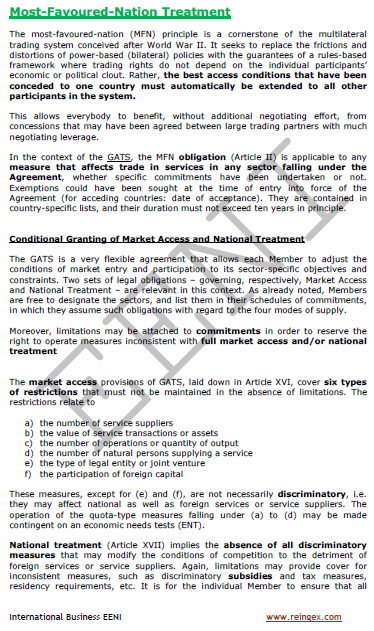
The General Agreement on Trade in Services (GATS) seeks to promote the trade in services of the developing countries.
- In the developed economies, the services sector accounts for an average of 70% of the GDP, while in the developing countries is often below 50%
- The U.S. is the largest global services exporter (14% of the total), followed by the UK (6%), Germany (6%), China, France, India, Japan, and Spain
Under the General Agreement on Trade in Services (GATS) the most- favoured-nation may apply.
The General Agreement on Trade in Services (GATS) identifies four modes in the form of providing a service abroad:
- Cross-border trade
- Consumption abroad
- Commercial presence
- Presence of natural persons
The General Agreement on Trade in Services (GATS) is perfectly compatible with Regional Trade Agreements (RTAs): Free Trade Agreements (FTAs) and Economic Partnership Agreements (ACE).
“Trade in Services. General Agreement on Trade in Services (GATS)”
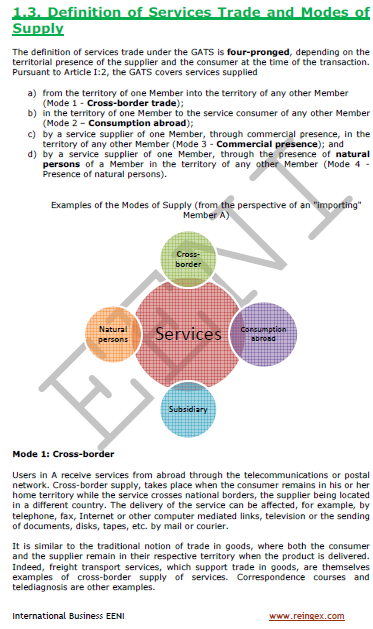
In many FTAs usually, we will find chapters on trade in services and labour markets so that we will analyze the US-Colombia FTA and the EU-Mexico FTA.
(c) EENI Global Business School (1995-2024)
We do not use cookies
Top of this page


